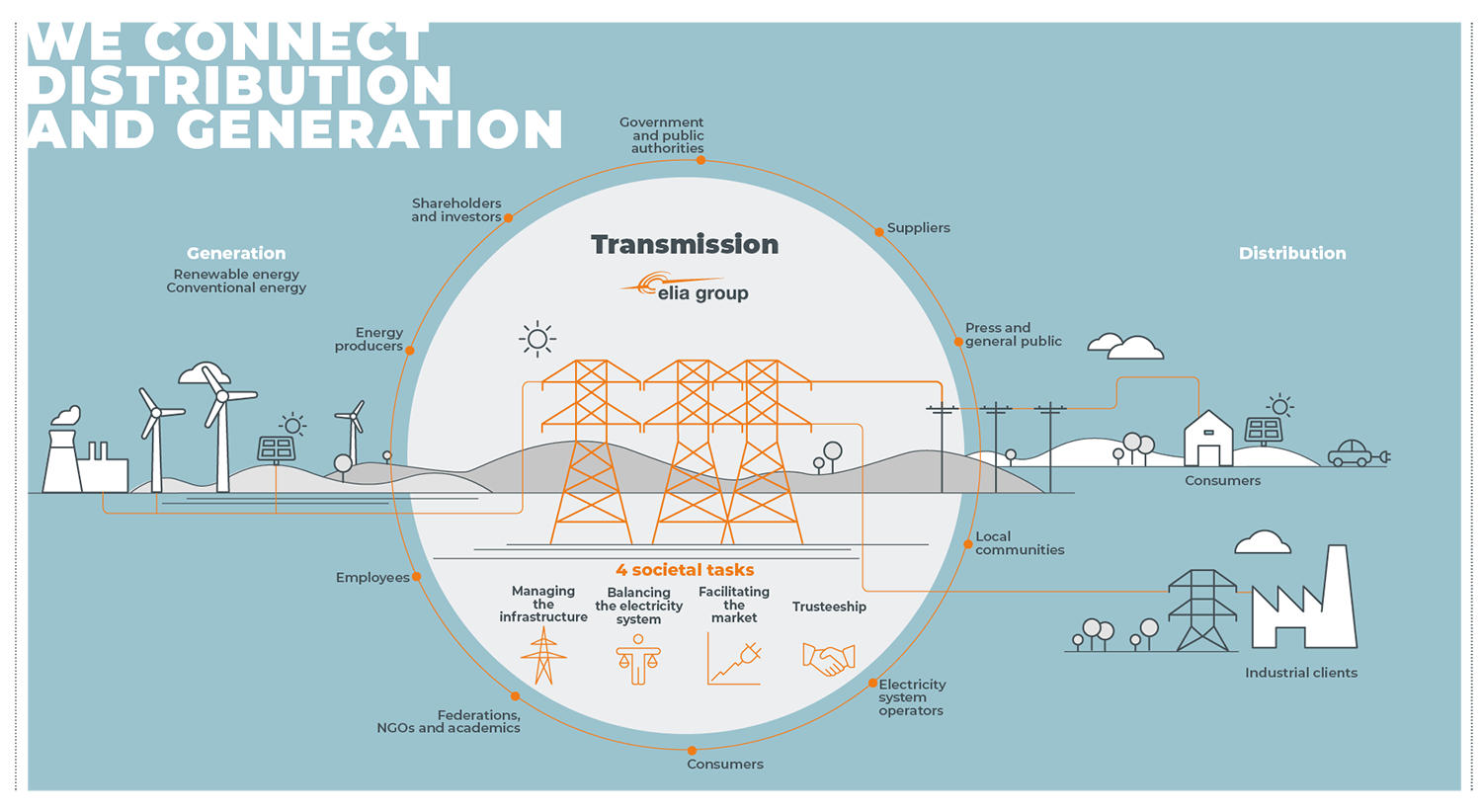About Elia
Elia Transmission Belgium operates the electricity transmission network in Belgium. We manage the Belgian high-voltage transmission grid (30 kV to 400 kV), which comprises over 8,903 km of overhead lines and underground cables. We preserve a service reliability level of 99.99 % and ensure that production and consumption are balanced around the clock. In so doing, we provide society with a robust power grid, which is important for socioeconomic prosperity.
In the interest of society
Our company plays a crucial societal role by transmitting electricity from generators to distribution systems, which in turn deliver it to consumers. We also play an essential role in the economy, since we supply major companies which are connected to our grid wit power. In carrying out our projects, we manage stakeholders in a proactive way by establishing two-way communication channels between all relevant parties very early on in the development process. We also offer our expertise to different players across the sector in order to build the energy system of the future.
An integral part of Elia Group
Elia Transmission Belgium is part of Elia Group, one of the five largest transmission system operators in Europe. Elia Group supplies 30 million end users with electricity through its subsidiaries in Belgium (Elia) and in the north and east of Germany (50Hertz). In addition to its activities as a transmission system operator, Elia Group provides consulting services to international customers through its subsidiary Elia Grid International. In recent years, the Group has launched new non-regulated activities such as re.alto (the first European digital marketplace for the exchange of energy data) and WindGrid (which focuses on the development of offshore electricity grids in Europe and beyond). Elia Group is a listed company whose core shareholder is the NextGrid Holding.
We are making the energy transition happen
We are a driver of a successful energy transition, helping to establish a reliable, sustainable and affordable energy system. By incorporating ever-increasing amounts of renewable energy into our grid, we are promoting both the integration of the European energy market and the decarbonisation of society. We also continuously optimise our operational systems and develop new products so that new technologies and parties can access our grid, thus further facilitating the energy transition.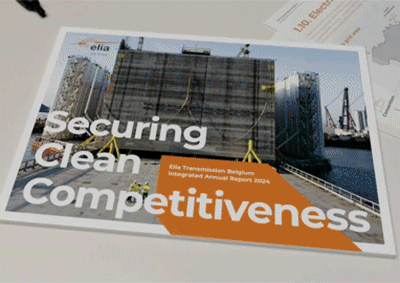
Annual integrated report
18 April 2025
Elia Transmission Belgium’s 2024 Annual Integrated Report
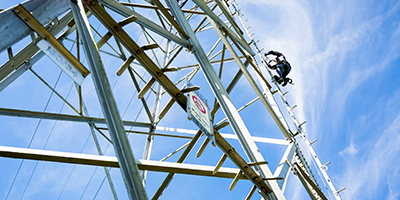
Our Legal framework
Elia is a regulated company. Our role and responsibilities in providing an essential public service form an integral part of the legislation applying to the electricity market. Our activities are regulated by laws at various levels, from European to regional.
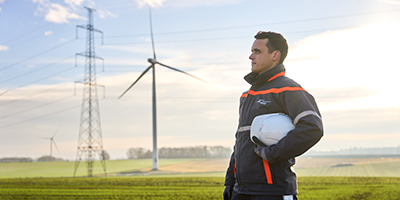
Elia Group

Our mission
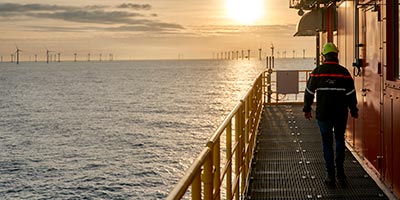
Our strategy
Elia Group is growing into a leading European group. Our strategy outlines how we intend to ensure that our activities will remain relevant in the interest of society. Our strategy consists of three pillars of growth. These three pillars of growth are supported by five enabling ambitions. Our five enabling ambitions outline how we want to develop: we want to become a sustainable, digital and efficient organisation which is well-financed and carries a strong corporate culture with health and safety at its core.

